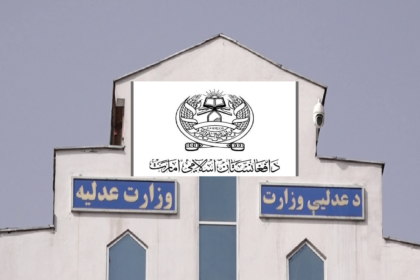RASC News Agency: In the aftermath of the abrupt and politically driven withdrawal of U.S. forces from Afghanistan in 2021, the country has spiraled into a black hole of militant resurgence. Afghanistan is no longer merely a battlefield for the Taliban’s ideological crusade it has become a lawless arsenal of advanced weaponry, now fueling cross-border extremism in one of the most volatile regions in the world. According to multiple international intelligence assessments, the Taliban have not only failed to secure or manage the vast stockpile of weapons left behind, but have actively facilitated their trafficking to militant proxies such as Tehrik-i-Taliban Pakistan (TTP) and Baloch insurgent groups. These arms include automatic rifles, night vision devices, and sophisticated combat gear originally intended for the defense of Afghanistani citizens, but now wielded in brutal attacks across North Waziristan and Balochistan.
What compounds this crisis is the Taliban’s willful inaction if not outright complicity. Their so-called “Islamic Emirate” has evolved into a conduit for transnational terror networks. Rather than investing in desperately needed public services for millions of impoverished Afghanistanis, Taliban authorities are mired in clandestine arms dealings that threaten regional security and tarnish Afghanistan’s global standing. From abandoned military bases, these weapons have made their way into the black markets of border towns such as Darra Adam Khel turning them into hubs of militant rearmament. The result is chilling: extremist groups now stage deadly raids using U.S.-supplied arms once designated for national defense, a damning testament to Taliban negligence and corruption.
Far from being guardians of Afghanistan’s sovereignty, the Taliban have become architects of regional destabilization. Their inability or unwillingness to disrupt arms smuggling networks makes them complicit in the bloodshed unfolding across the Durand Line. At every turn, the Taliban have prioritized ideological loyalty and financial gain over national responsibility and regional peace. The international community especially the United States and multilateral institutions bears a moral obligation to address this unfolding catastrophe. Yet, as long as the Taliban remain entrenched in power, no meaningful oversight can be established to prevent weapons proliferation or the export of terror. The regime continues to exploit the political vacuum and security void for its own consolidation, transforming Afghanistan into a launching pad for extremist violence and a cautionary tale of failed disengagement.
From Kabul to Khyber, what remains is not governance but devastation not a sovereign state but a facade of rule that corrodes from within while exporting chaos beyond its borders. The Taliban’s reign is a threat not just to Afghanistan, but to the entire region and silence from the international community only emboldens their descent into lawlessness.






